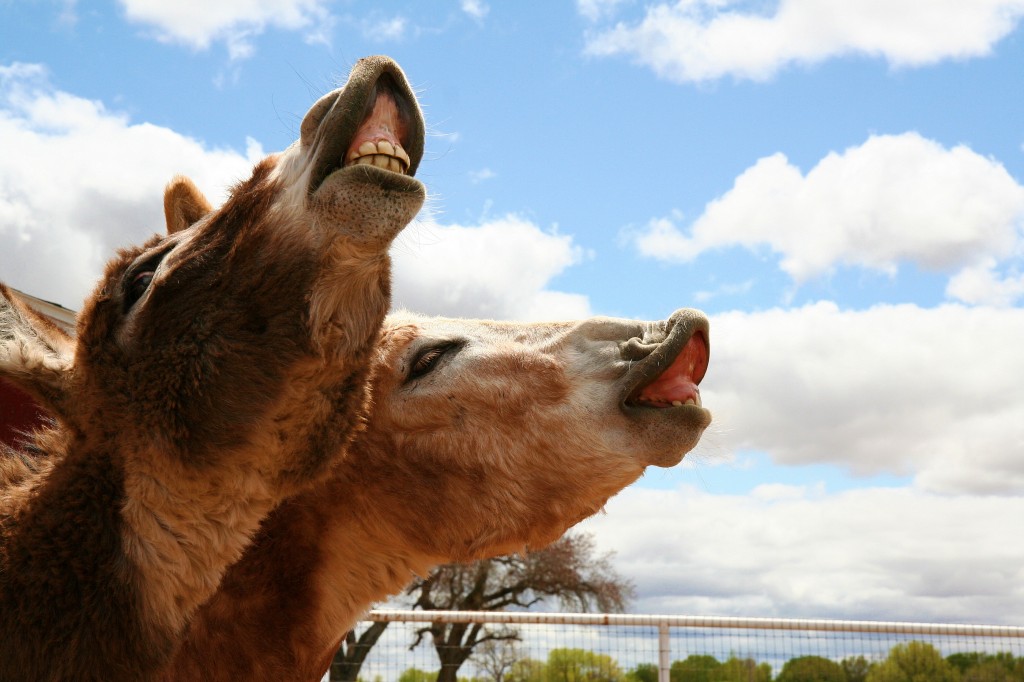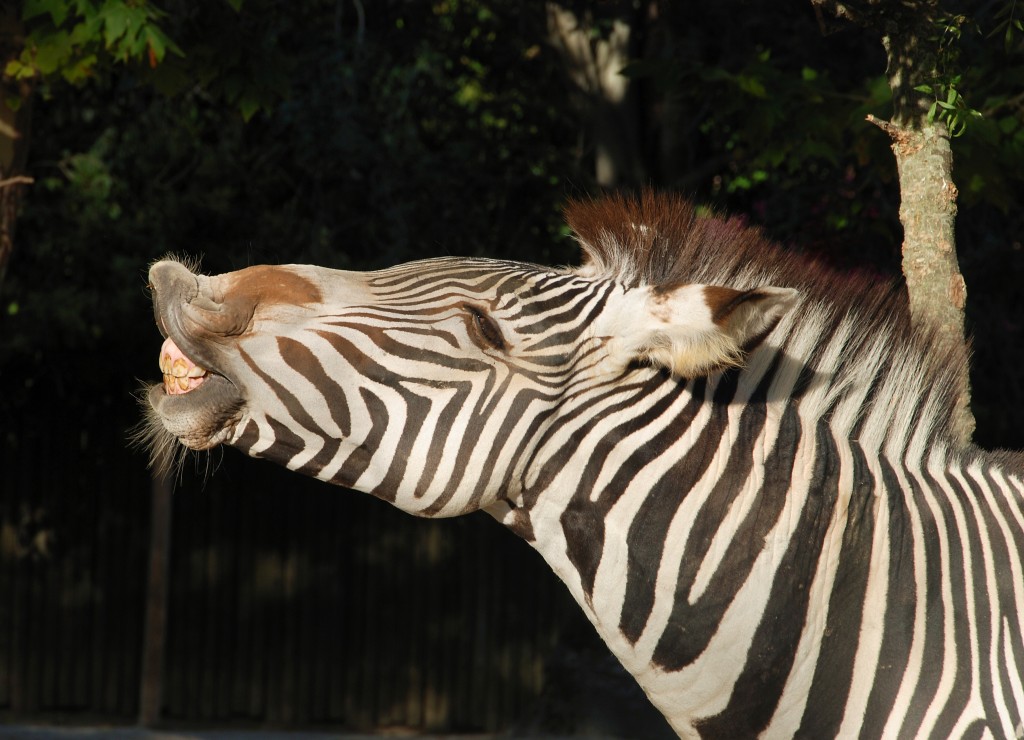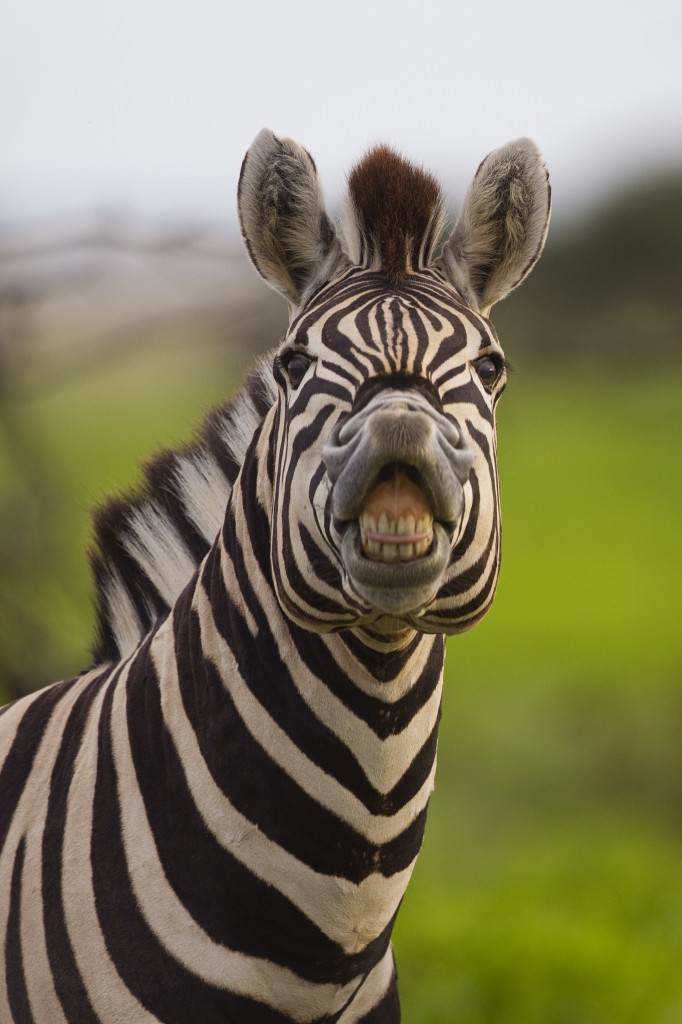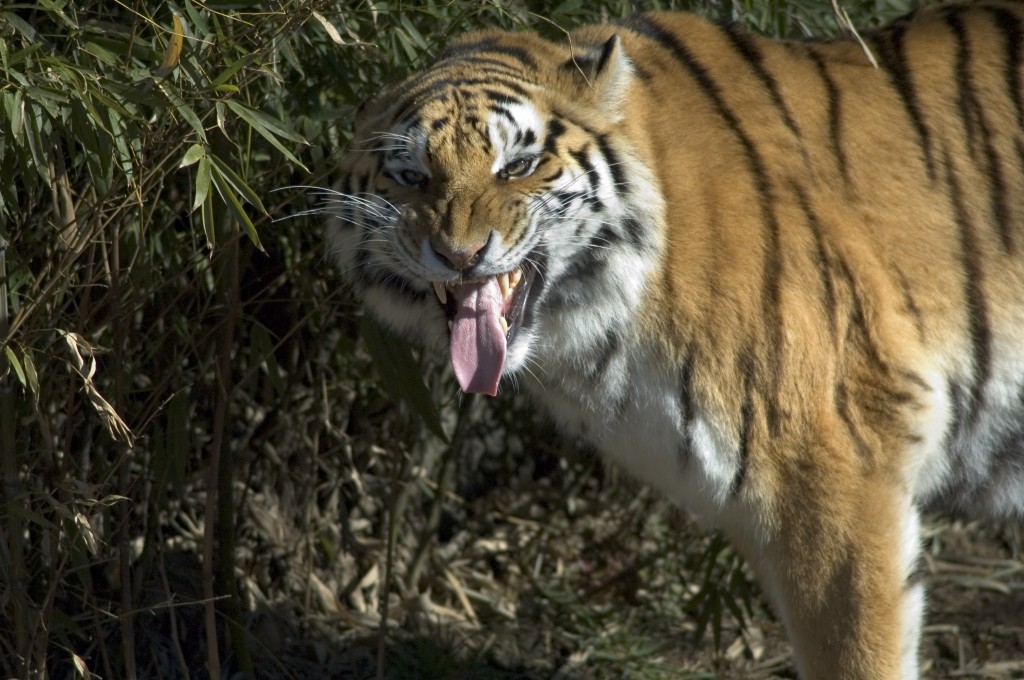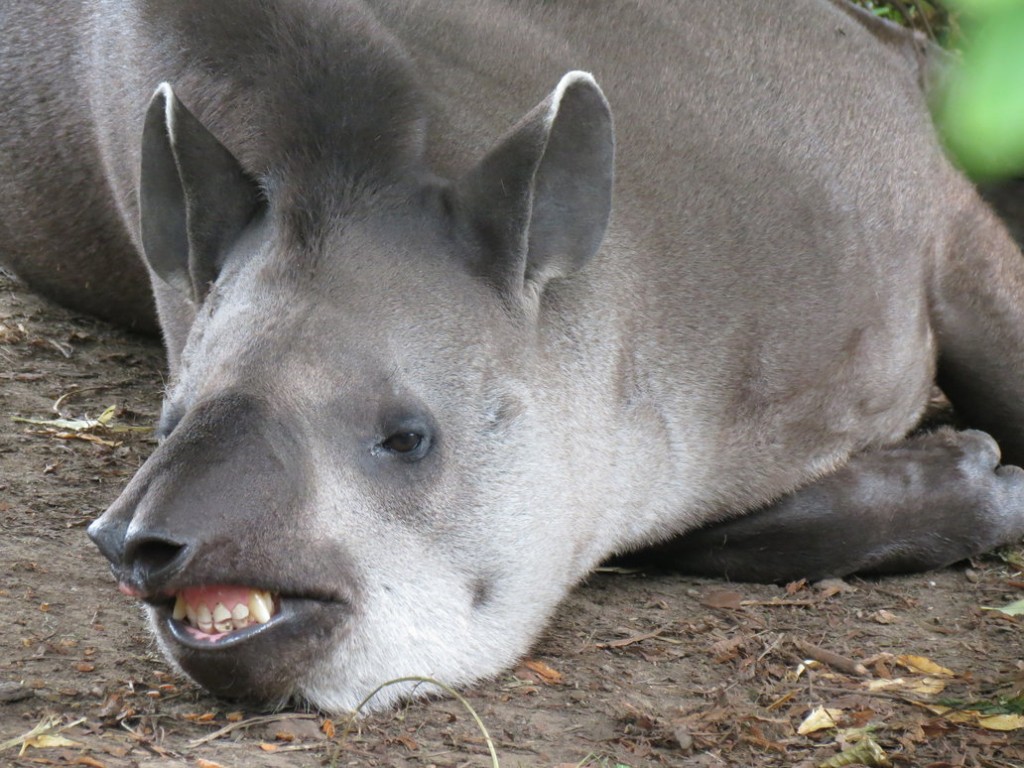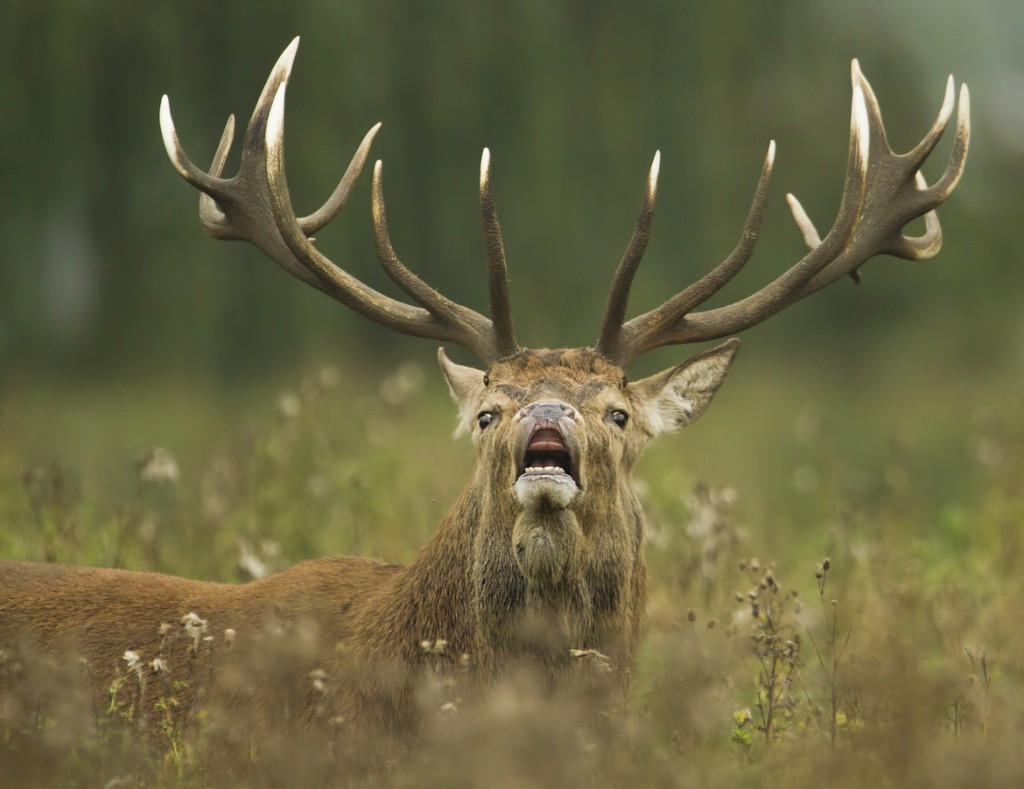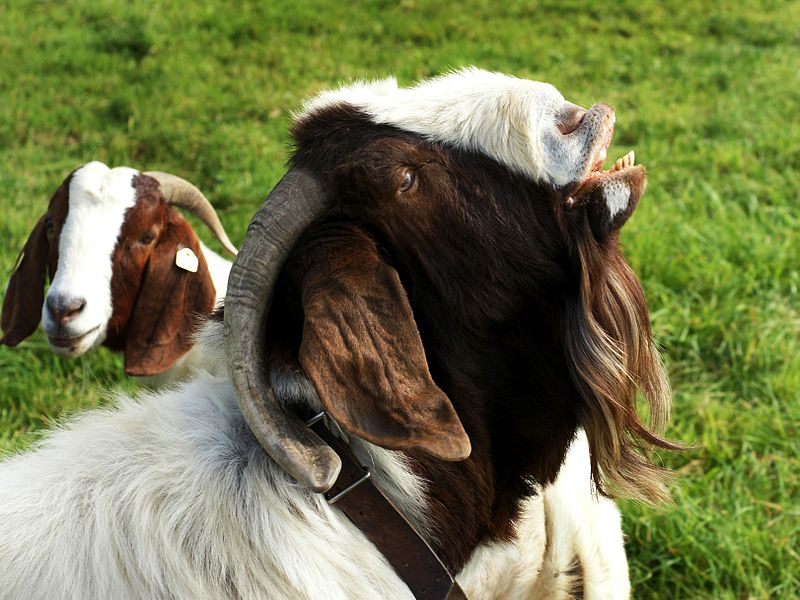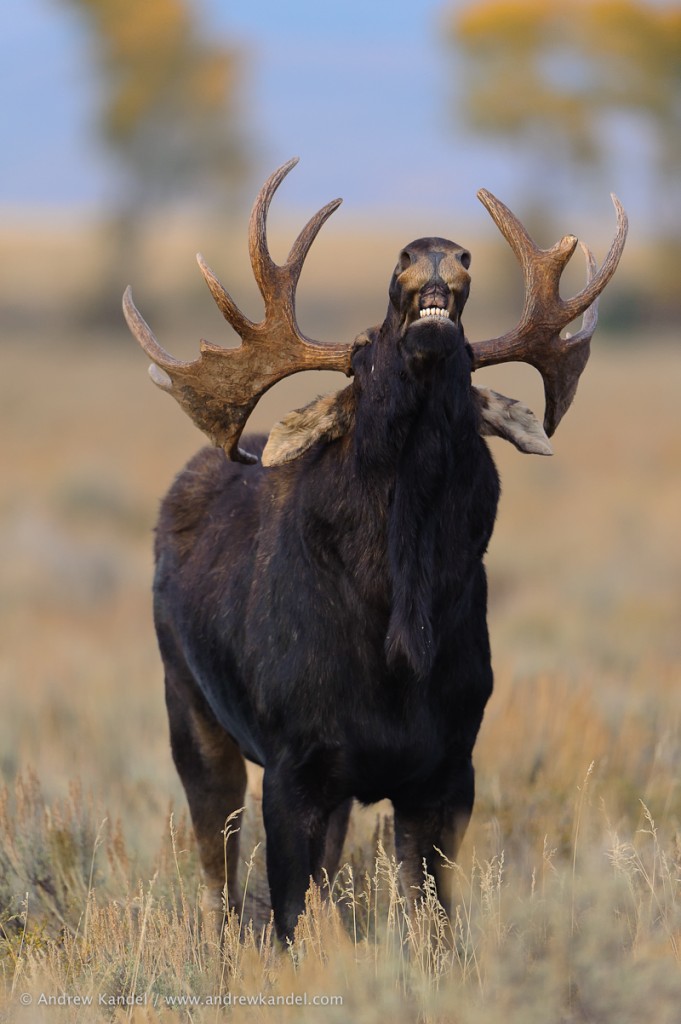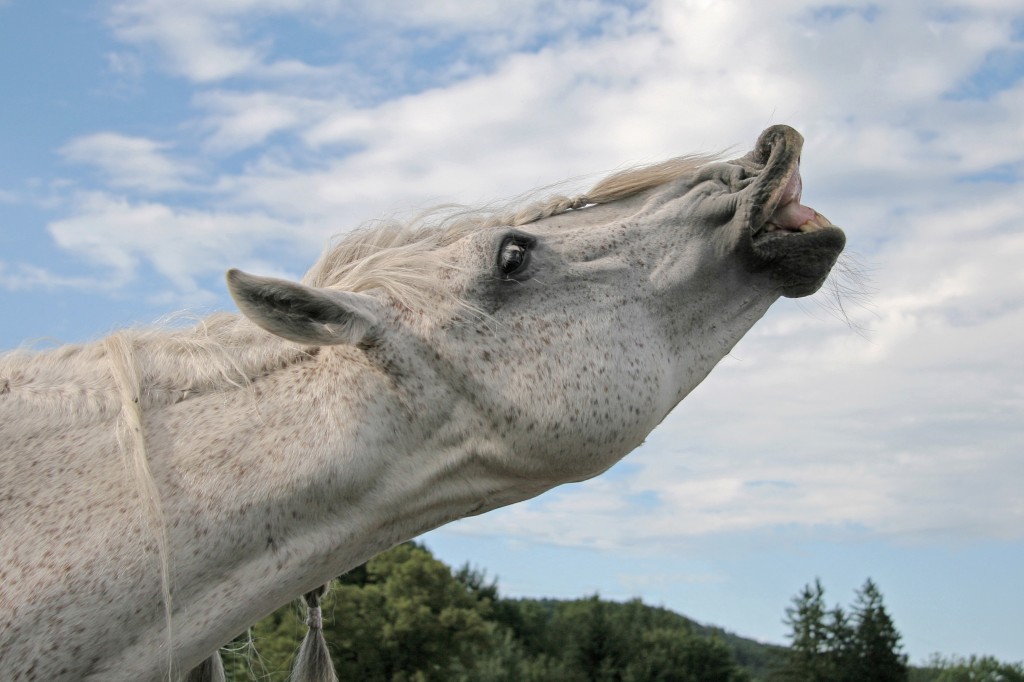The Flehmen Response: Why Do Animals Pull That Weird Face?
Most people will have seen that weird face animals make where they pull their top lip up and expose their teeth. Well, that’s called the flehmen response.
When I started this article, I was just planning on posting up some funny pictures of animals pulling faces, but it turns out that the flehmen response is actually pretty interesting.
So, I’ll still show you some pictures of animals looking like wallies, but I’ll also mix in some zoology, neuroanatomy and physiology. You lucky, lucky people.
Many creatures show this flehmen behaviour, including many mammals, felids and ungulates. By pulling their gums back and contorting their face in this manner, it allows pheromones and other scents to access their vomeronasal organ (VNO), also called Jacobson’s organ.
Jacobson’s organ is located above the roof of the mouth via a duct just behind the front teeth.
The main purpose of the flehmen response is to find out where there’s a female, whether she’s reproductively ripe and, if not, when she will be.
Jacobson’s organ is an extra bit of the olfactory (smell) equipment that occurs in pretty much all mammals and has been widely studied. It seems to be crucially important in many animals’ response to the opposite sex.
For instance, if you remove a Guinea pig’s Jacobson’s organ, it can no longer distinguish the sex of other Guinea pigs.
Rats with their Jacobson’s organ removed show a loss of sexual behavior; its removal also means they ejaculate less and, when they do, it’s less “efficient” – whatever that means.
Normally, aromas get picked up by the olfactory bulb in the base of the brain and are then sent on to the sensory cortex’ this is where all the other senses end up.
Jacobson’s organ, however, sends its messages to the accessory olfactory bulb and then on to the amygdala. The amygdala is a part of the brain that primarily deals with emotions, memory and decision making. From there, the impulses are sent on to the hypothalamus, which controls basic drives, like hunger and thirst.
The hypothalamus is a major neuroendocrine centre and, as such, does a lot of jiggery-pokery around reproductive physiology and behavior. So this connection may well be why certain smells can elicit aggressive and/or mating behaviour.
Jacobson’s organ has been studied in all kinds of creatures. For instance, snakes stick their tongue out to smell the world, but after wafting their tongue in the air, they touch it onto the entrance to their Jacobson’s organ on the roof of the mouth.
Elephants do a similar thing, they touch the “finger” on the end of their trunks onto an opening in the roof of their mouths to access their Jacobson’s organ.
Painted turtles use the organ to smell underwater. It seems that most animals have some use for the tiny bundle of wires.
As for us humans, it looks like we don’t really have a Jacobson’s organ; or, if we do, it’s functionless. Some researchers have found the organ in humans, others who’ve looked haven’t found them at all, or only in some people. And those that have been found in humans don’t appear to be wired up like the other animals we’ve discussed.
It’s a shame humans don’t use Jacobson’s organs really; imagine all the beer boys down the pub doing the flehmen response for the ladies.
MORE CREATURES:
POTOO – NATURE’S MOST SURPRISED LOOKING BIRD

